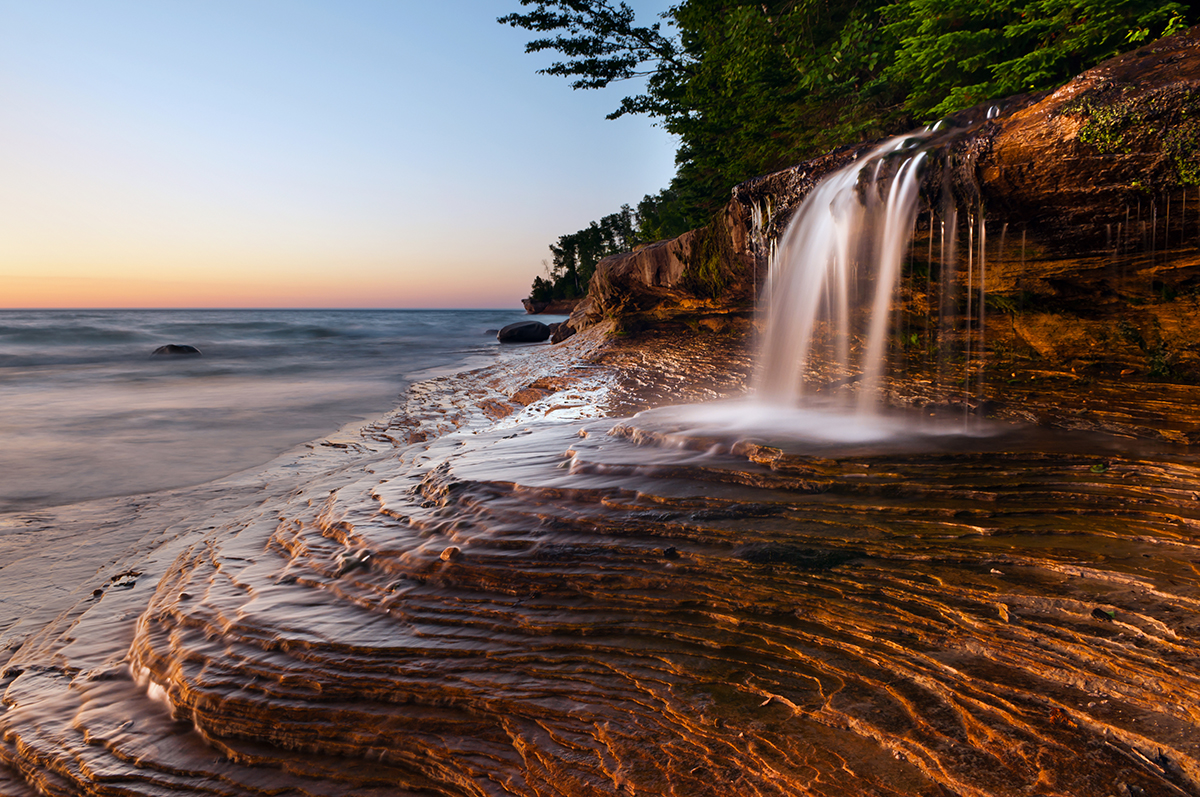WRITER | JULIE FORD
There’s plenty of research on therapy for seasonal affective disorder (SAD). The often-prescribed long walk in the sunshine or use of a lux-light box can alleviate feelings of depression, sadness, and fatigue. But there’s another therapy worth considering: RLT – red light therapy – garnering attention for not only helping with SAD, but also improving the look of aging skin, and it’s worthy of consideration.
Originally developed for NASA, RLT was used by astronauts performing plant growth experiments in space. Commercial greenhouses adopted the use of RLT, mixing red light with blue light to help plants develop. At the same time, NASA noticed that the red light was also healing one of the astronaut’s skin lesions more quickly. In addition, RLT provides an alternative to age spot treatments that involve laser resurfacing, intense pulsed light, or acidic therapies that can turn skin into a deep red and painfully peeling mess for weeks before the skin improves.
Nonthermal LED (light-emitting diode) light therapy, also known as photobiomodulation (PBM) or low-level light therapy (LLLT), penetrates the skin to promote rejuvenation, heal wounds, and repair tissue. With LED RLT, there’s no trauma or destruction of tissue. This is due to the wavelength and radiant energy working below the skin’s surface to increase collagen and reduce fine lines and wrinkles.
The Journal of Photomedicine and Laser Surgery reported the favorable results of a 2012 randomized, controlled clinical trial to determine the efficacy of red and near-infrared light treatment. In a peer-reviewed article, the study showed that RLT had a high satisfaction rate among patients desiring a noninvasive, pleasant experience to improve their skin. Research continues to examine how LEDs work at the cellular level and how much is needed to improve various conditions.
“I had been looking for a product to help clear my age spots,” says Kari Smith, describing her visit to a local Kalamazoo shopping mall to research anti-aging creams. “I was shown a red light therapy wand and tried it. It felt very soothing, and there was a very subtle but distinct clarity to my skin after using it.” Smith says that while it was rather pricey, it is easier to have something to use when convenient rather than trying to make appointments around her work schedule. She says it takes just a few minutes to use after cleansing and before applying moisturizer.
While red light therapy is legitimate – studies continue to show its promise for improving the look and feel of aging skin and helping burn victims heal – not all RLT is created equal, so buyer beware. For example, a tanning salon replacing tanning bulbs with red bulbs is not considered RLT.
The internet is filled with information, but it can be difficult to ferret out the science-based facts regarding RLT, so start with a visit to your dermatologist. Ask what devices they recommend and why. What are the parameters of the red light they use? What companies offer reputable home devices? Does insurance cover the cost of the device or in-office treatment? The answers will help you decide if RLT is right for you.








